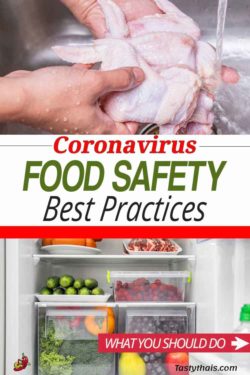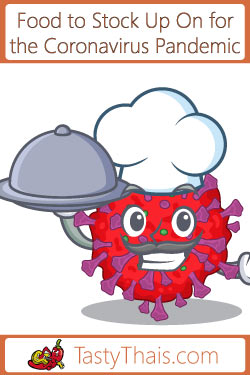Food safety, sterilization & food storage best practices during the coronavirus outbreak and quarantine have become the focus of our attention, perhaps, more than at any time in the past.
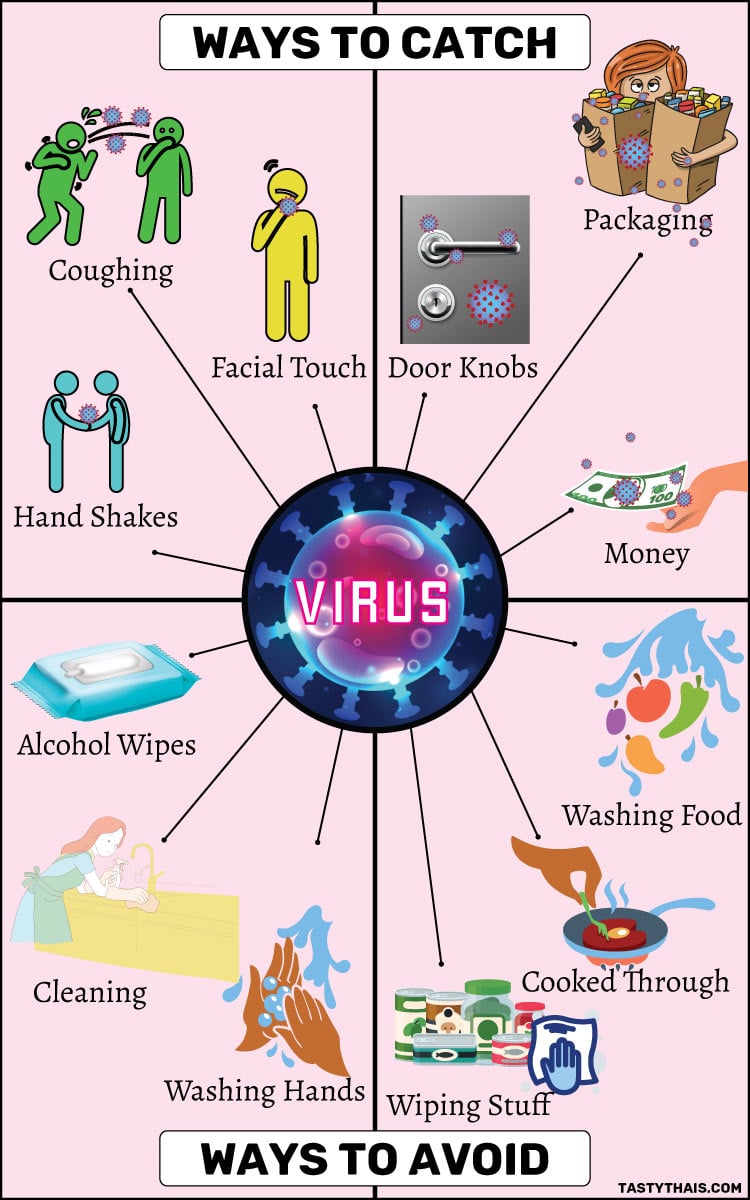
Some Ways We Can Get Infected
We are told that the virus can live on metal surfaces for at least nine hours (and maybe more). We know it is carried in tiny water droplets that infected people sneeze or cough out that find their way directly into our respiratory systems or land on a surface that we then touch.
Once on our skin, it is easily passed into our body to infect us when we touch our face, nose, lips, mouth or eyes – some or all of those. But most of all we are early in the scientific discovery stage of the precise specifications of the disease so we don’t yet have the full picture.
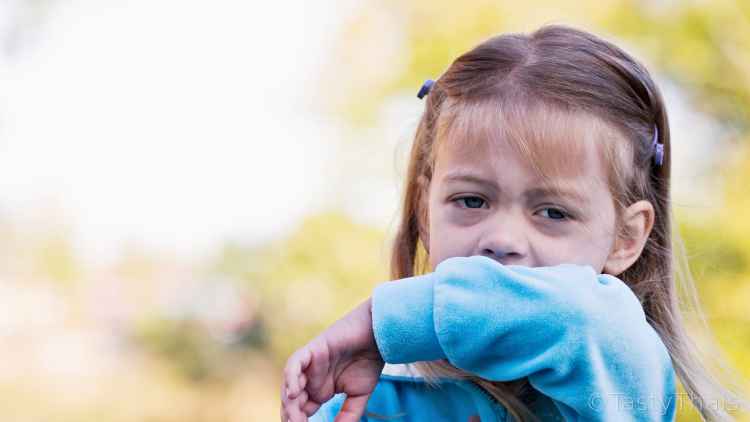
Apart from catching Coronavirus directly from another person through their sneeze or cough, their skin may carry the virus so we can pick it up when we touch others as in shaking hands or by touching something they have touched like a door handle, canned food or maybe even the bag or box the food is packed into.
From our standpoint as cooks (rather than doctors), we must focus on food safety and taking steps to make our food as safe as possible not only from it becoming contaminated and in turn contaminating us.
We also need to think from the point of view of us storing more food in the refrigerator in a way that we are not used to and potential problems from other diseases through improper storage.
Protecting Ourselves Outside the House
Ideally, we will be staying at home until told it is safe. But most of us will be forced to venture out from our home and garden at some point whether to buy food or perhaps medication, especially if we are told to stay home for an extended period.
Our post on stocking up on food essentials might help reduce having to go out but probably not eliminate the need to go out in public entirely.
The steps to protect yourself by keeping your distance from others (about 2 meters is suggested), avoiding contact with too many friends and remote family members at this time, etc., is well covered by the links you can find at the bottom of this page.
But if we are buying stuff then someone will have touched it before us. The food or packaging itself may be contaminated through someone sneezing on it. This is especially so from fresh food bought in the open air such as in markets or open supermarket shelves
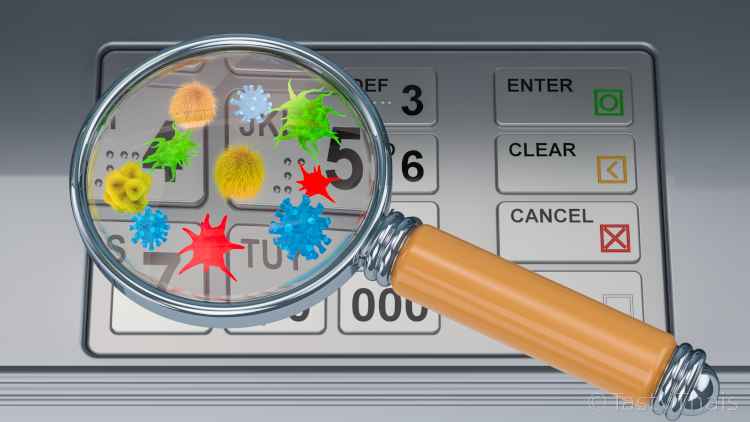
The cashier will have touched the shopping bags and the credit card or money you give and receive will also be touched by others. The ATM machine and may last have been used by someone infectious.
How do we combat the myriad of potential ways the virus could contaminate us while we are shopping?
We can reduce contact through home delivery and we can be conscious not to touch our face when out and to immediately wash our hands thoroughly when we get home if delivery is not possible. And obviously avoid going out as much as possible.
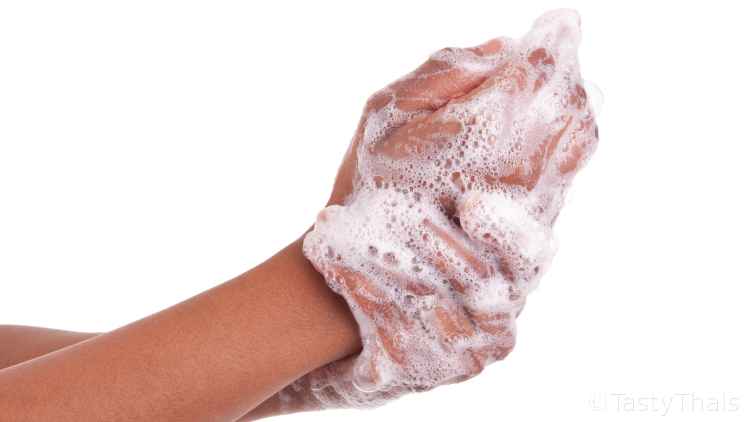
Protecting Ourselves In the Home Generally
The first thing we can do is to ensure we wash our hands frequently. This is especially important immediately we return to the home if we have had to venture outside.
Whatever else we do, frequent and thorough hand washing after touching surfaces is the number one thing we can do to help reduce the chance of contagion.
Aside from washing our hands, we can also try to avoid touching our faces as much as possible even when we are at home.
As well as cleaning ourselves we should also wipe down door handles and knobs frequently with a suitable cleaner.
Tabletops, food prep areas, and work surfaces should get special and frequent attention.
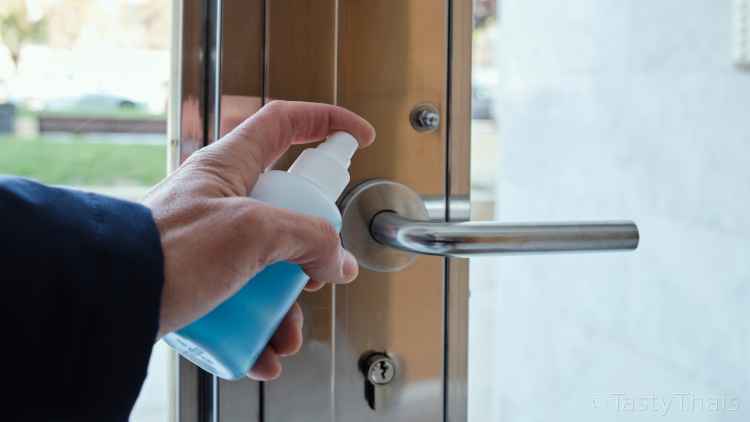
Handling Goods Bought Outside
Whether we have been lucky enough to have had our shopping delivered or had to buy it ourselves, the containers it has come in as well as the individual items themselves should be treated with caution.
The best way to think is to assume they may have surface contamination and to try to clean them as much as possible.
Use a disinfectant or bacterial wipe or warm soap and water to wash down cans and plastic bottles to clean as much as possible. Ensure you wash your hands thoroughly before touching fresh produce and where possible use homegrown or dried herbs since fresh leafy type produce will be hard to clean unless it is cooked.
Avoid eating raw and uncooked food altogether and wash your hands immediately after touching it. Meat, fish, fruit, and vegetables should be washed thoroughly and then cooked before eating.
If the food cannot be washed then ensure it is cooked thoroughly unless it is coming straight out of its container such as cereal from its box or milk from its bottle.
Cardboard and plastic containers can all be wiped down without disintegrating but paper wrappings and other non-washable packaging should be thrown out immediately and not stored next to cleaned items.
Think every can or packet that is going onto your shelves or into your cupboards or fridge should have been wiped or washed to sanitize as much as it is reasonably possible to do so.
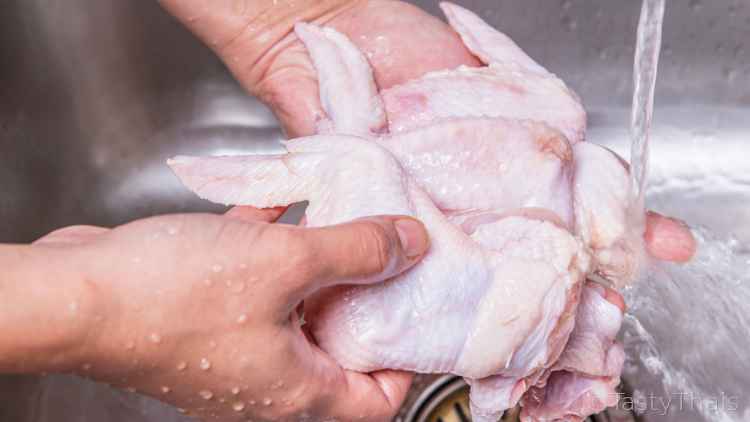
Food Safety – How to Clean Food That Does Not Come Wrapped
Fresh Meat, Fish & Dairy including eggs
Fresh meat, fish, and dairy produce should all be washed for several minutes under running water to clean as much as possible.
The Covid-19 virus needs a live host to survive but that does not mean that it cannot be contaminated by someone touching or sneezing on it so it makes sense to wash food when it comes into the house. In fact, it makes sense to wash your food before storage and consumption in any case – virus or not!
With the storage of fresh meat, fish, and dairy it is important to protect against other contaminants that might cause food poisoning as well which will be covered further down.
You will be cooking most meat and fish anyway – avoid eating it raw for the time being such as sushi or beef carpaccio. Food that is properly cooked will have killed off any virus and bacteria including the Covid-19 virus.
Fruit and Most vegetables
Regardless of the coronavirus, it is good practice to wash fruit and vegetables thoroughly before storing. This process will get rid of pesticides and other chemicals on the outside of the produce.
Fresh fruit and vegetables should be peeled before eating and most vegetables and some fruit is ordinarily peeled before cooking anyway. Obviously, washing and peeling will remove any contaminated surface the virus may have landed on.
Bear in mind that if you thoroughly cook everything you eat or avoid touching it before eating it straight out of its packaging then you will have no practical risk of being contaminated through food.
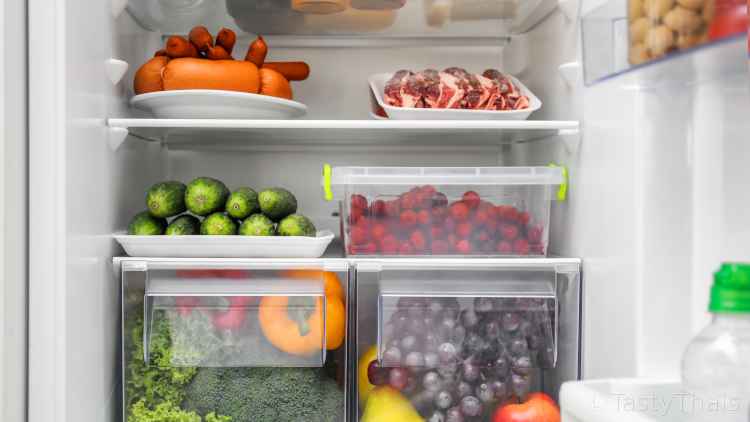
Food Storage Practices & Care in the Fridge
If you have cleaned canned, tinned and packaged goods before storing them then the food inside will be almost certainly uncontaminated and safe to eat directly.
Some perishable foods will need more careful storage but many can be stored at room temperature such as most fruit and vegetables that are not soft or have flesh with very high water content.
The biggest food safety risk comes from food stored in the fridge and especially meat juices that can contaminate other foods, especially cooked leftovers which are later warmed and eaten.
The second biggest risk comes from frozen food being thawed and then refrozen again which can lead to food poisoning when rethawed and eaten.
To avoid these issues ensure all raw food is stored below cooked foods and that any food, but especially cooked food, that is open to the air is first stored in covered containers or at least covered with plastic wrap or in a sealed zip-top bag to avoid contamination from other food stored in the fridge.
Secondly, do not refreeze anything. If you do thaw frozen food and find it is not needed then the best course of action is to cook it immediately or as soon as possible after thawing and within the time window before it begins to spoil.
Keep your freezer well below zero and avoid putting hot food in the fridge or freezer as it will increase the temperature of the fridge internally above the optimum.
Food needs to be kept below 5°C or above 60°C to avoid rapid bacteria growth which will cause the food to spoil. You can read more about this food safety topic online.
To read more we suggest you take a look at our recent post on what food to stock up on and space-saving ideas for storage and check out the various government and health advice links at the end of the post.
Below we have some more links to authoritative news sites for the latest updates.
Coronavirus updates from the:
USA – New York Times,
UK – BBC News,
Canada – National Post,
Australia – Daily Telegraph
Wherever you are we sincerely hope you stay safe and consider using some of the food safety and food storage precautions we have outlined.
